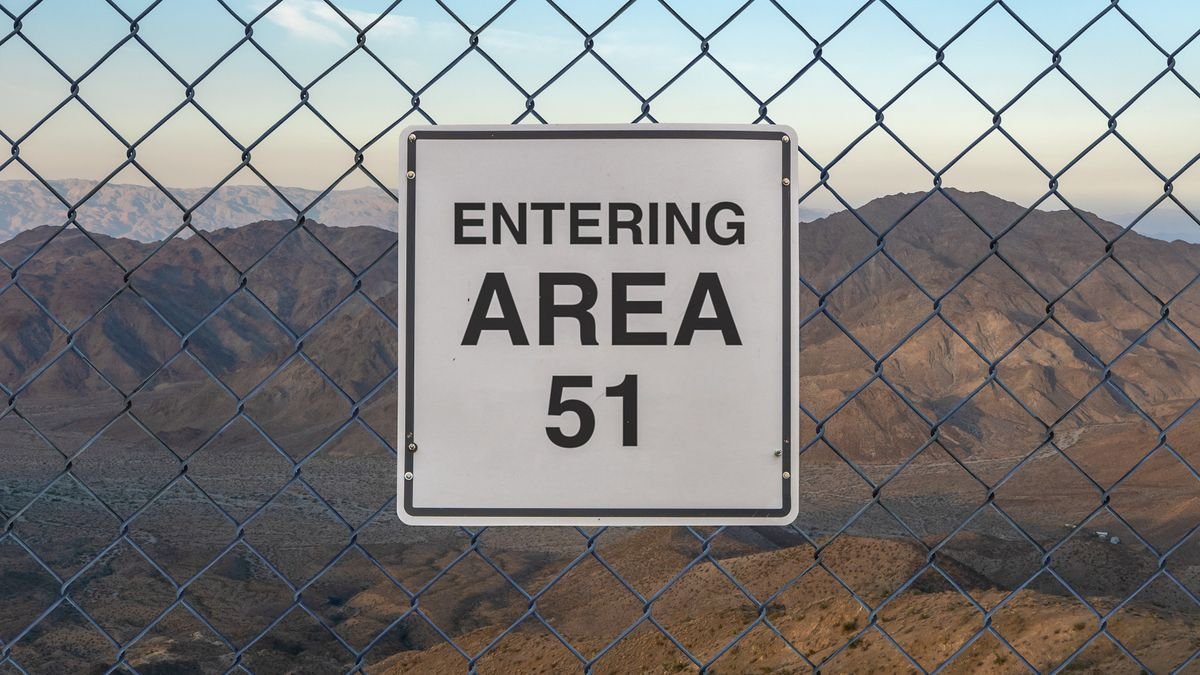Area 51: The Myth, the Reality, and the Legacy
Nestled in the remote desert of Nevada, about 83 miles north of Las Vegas, lies a patch of land that has long captured the public’s imagination: Area 51. This highly classified U.S. military facility, officially known as Groom Lake, has been shrouded in secrecy and intrigue, sparking countless theories and speculations. From its origins to its role in contemporary culture, Area 51 remains one of the most enigmatic places in modern history.
Origins and Purpose
Area 51’s origins date back to the Cold War era, when the U.S. government sought to develop and test cutting-edge aircraft and technologies. Established in the 1950s, the facility was initially a testing ground for the U-2 spy plane, an aircraft designed to fly at high altitudes and gather intelligence on Soviet activities. Its remote location was chosen to minimize the risk of enemy surveillance and to provide a secure environment for testing.
The facility’s official name, Groom Lake, refers to the dry lake bed on which it is situated. However, its more commonly known moniker, Area 51, comes from its designation on maps used by the U.S. Atomic Energy Commission. Despite its official status, the government did not acknowledge its existence until the 1990s, fueling speculation and conspiracy theories.
Conspiracy Theories and Popular Culture
Area 51’s reputation as a hotbed of extraterrestrial activity and government cover-ups has been a major part of its mystique. The most famous theory involves claims that the site houses crashed alien spacecraft and their occupants, a notion popularized by figures like Robert Lazar, who alleged in the late 1980s that he had worked on reverse-engineering alien technology at the base. Lazar’s assertions, though controversial and widely disputed, have contributed significantly to Area 51’s lore.
The facility has also been linked to various other conspiracy theories, including time travel experiments and secret weapons development. While these claims often lack concrete evidence, they have fueled a rich tapestry of speculation that has permeated popular culture.
Area 51 has been referenced in numerous films, TV shows, and books, often depicted as a hub of extraterrestrial research or government intrigue. Movies like “Independence Day” and TV shows such as “The X-Files” have cemented the base’s place in the collective imagination. The secrecy surrounding the facility only adds to its allure, making it a staple of science fiction and conspiracy narratives.
The Declassification and Its Impact
It wasn’t until 2013 that the CIA officially acknowledged the existence of Area 51 and its role in the development of the U-2 and other reconnaissance aircraft. This declassification, revealed through a series of documents and interviews, provided some insight into the base’s history but did little to dispel the aura of mystery that surrounds it.
The declassification efforts have helped to clarify the base’s true purpose, highlighting its significance in Cold War-era intelligence operations. However, they have also sparked renewed interest and speculation about what else might be hidden within its confines. The government’s continued reluctance to fully disclose all activities at Area 51 has only perpetuated the myths and legends surrounding it.
Legacy and Modern-Day Significance
Today, Area 51 continues to be a symbol of secrecy and intrigue. Its remote location and the restricted airspace above it contribute to its mystique, while the area surrounding it has become a pilgrimage site for enthusiasts and conspiracy theorists. Events such as the “Storm Area 51” Facebook event in 2019, which went viral and drew attention from around the world, underscore the enduring fascination with the base.
The legacy of Area 51 is a complex interplay of fact and fiction. While it is a real facility with a legitimate and historically significant role in aviation and intelligence, its association with extraterrestrial theories and secretive operations has made it a cultural icon. As such, Area 51 serves as a powerful reminder of humanity’s quest for knowledge and our enduring fascination with the unknown.
In summary, Area 51 remains a potent symbol of both governmental secrecy and popular curiosity. Whether viewed as a site of groundbreaking technological advancements or as a repository of otherworldly mysteries, its legacy continues to captivate and intrigue.
